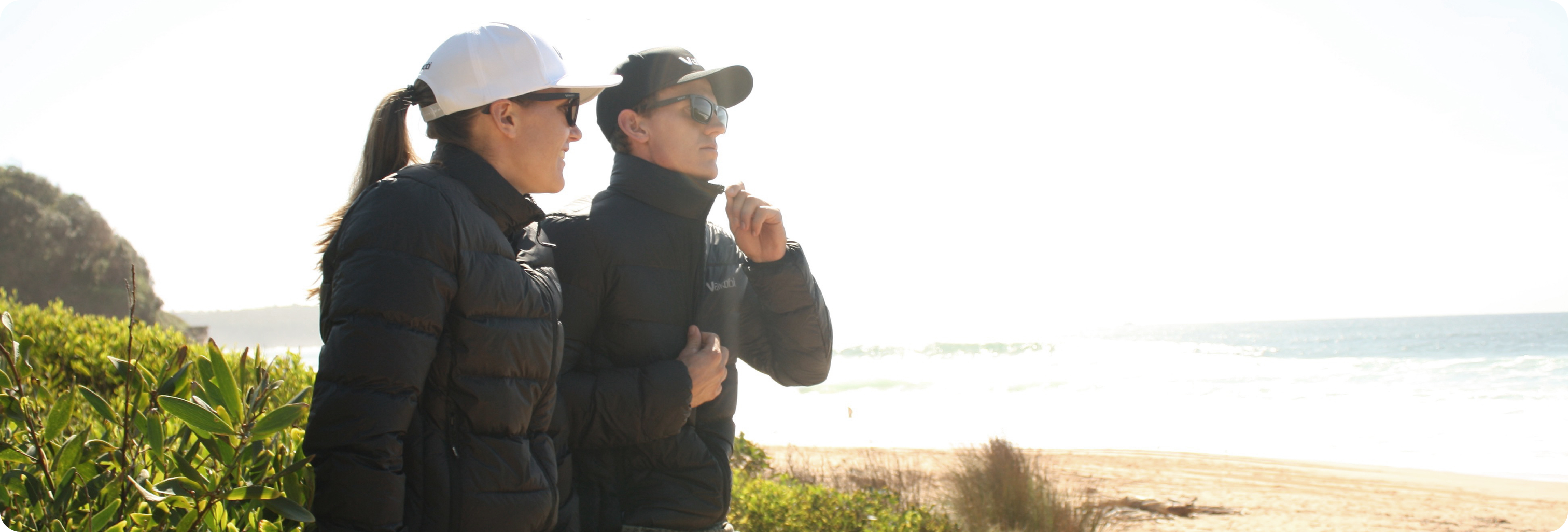If you are a surfing, kitesurfing or wing enthusiast, you probably know that foiling just makes everything better: it gives you the chance to enjoy more days riding, because you can foil in super light wind, it allows you to explore more of the water playground, turning even the mushy waves into a thrilling adventure. Last but not least, it allows you to float above the water.
Hydrofoiling (riding a distinct looking chunky surfboard with a long fin and wings attached to the underside) is bringing a revolution to watersports and has become extremely popular over the last few years. In this article we shed some light when it comes to foiling disciplines, so you discover the difference between hydrofoiling, downwind foiling and wing foiling.
What is hydrofoiling?
Hydrofoiling (or foil surfing) is the sport of riding a surfboard with a hydrofoil attached to it. The hydrofoil is a long hydrodynamic fin with wings that extend into the water, which replaces the classic surf fins.
Foiling offers you the chance to experience the feeling of flying above the surface of the water, instead of sliding through the waves, allowing you a completely new approach to riding waves. You’ll experience a totally different sensation than other watersports, smoothly gliding on a cloud along the ocean.
Besides surfing, foiling can be experienced in other different watersports, like wing foiling, kitesurfing, foiling SUP.
Find additional information about foil surfing and how it works.
What is downwind foiling?
Downwind foiling means you can ride the hydrofoil board on the downwind side of a wave, allowing you to cover long distances with less effort. You get to tap into the energy of the swell, getting to ride between locations. You can use a wing, which will become handy in case you come down off foil, this discipline is called wing (downwind) foiling. Alternatively, you can choose downwind foil paddleboarding, which means you’ll be using a SUP foil set up that allows you to paddle up on foil. Another option is prone (surf) foiling, meaning you’ll be using only the surf board with the hydrofoil attached to it.
Downwind foiling is an amazing way to explore the water playground, to discover new spots and to train your endurance. At the same time, downwinding is one of the most challenging disciplines in foiling. It requires a high level of skill and can be risky if you are not planning for the water and weather conditions you’ll get to experience on your adventure.
How to downwind foil?
Before starting a downind trip on a foil, make sure you master the skills required for this advanced task. Here is a checklist for you to help prepare for downwind foiling:
- Advanced hydrofoiling skills: you need to be comfortable riding a different types of waves on your foil; you need to master fall and recovery techniques (how to safely detach from the foil and get back on it) and safety and self-rescue skills (how to recover your board and get back to shore in case of equipment failure)
- Ability to ride small bumps: learn to keep the foil high and and locked into the surface energy
- Pump skills: make sure you have the ability to connect bumps by using your body movement along with the motion of the waves and wind, without relying on the wing or paddle
- Practice short distance downwind trips: start small and progress as you get comfortable with longer distances
How to paddle a downwind foil board?
Downwind SUP foiling means using a stand-up paddleboard equipped with a hydrofoil fin in downwind conditions. This way you’ll be harnessing the energy generated by the wind and ocean swells or bumps in different kinds of waters, without using the paddling strokes to generate movement (as you would do for the traditional classic stand up paddleboarding)
Before starting your SUP foil downwind experience, make sure you plan the logistics, like car pick up or drop offs to or from your destination.
Is downwind foiling hard?
The short answer is yes, downwind foiling is one of the most difficult foiling disciplines to master. You need advanced foiling skills before you embark on a downwind foiling adventure. But it’s not an impossible task either: with the right planning, research, guidance from local foiling experts and respecting the safety rules, downwind foiling will be opening a whole new exhilarating world for you.
What is the difference between hydrofoiling, downwind foiling & wing foiling?
In conclusion, hydrofoiling is the main water sport that involves riding a foil board, downwind foiling is traveling by water from point A to point B and covering long distances with the hydrofoil, while wing downwind foiling means you’ll be using a hydrofoil board and a wing setup in order to travel between locations. Wing Foiling is the easiest for beginners to start their downwind foiling journey. It’s also a safe way to train for the more challenging conditions of stand-up paddleboarding (SUP) and prone downwinding.
What should I wear while downwind foiling?
Downwind foiling is a sport that challenges you to be on top of your game. So, make sure you are using the best technical watersports gear suited for your needs, in order to keep you safe and protected from the elements:
Now you have all the info you need to start your downwind foiling adventure. Vaikobi, leader in foiling sports gear, is here to support you in making sure you have a thrilling and safe foiling journey.
Have fun! Stay safe and enjoy the ride!

